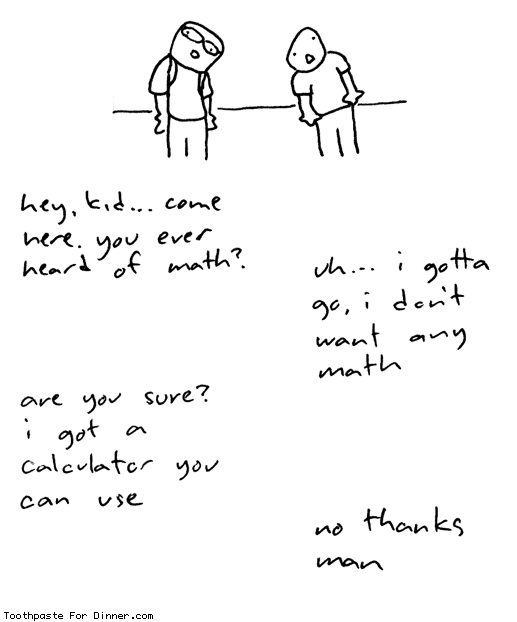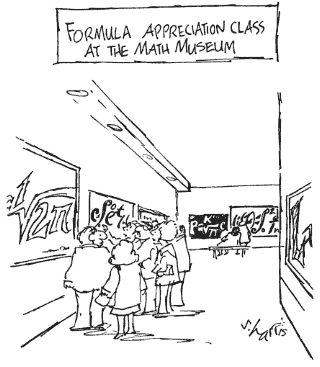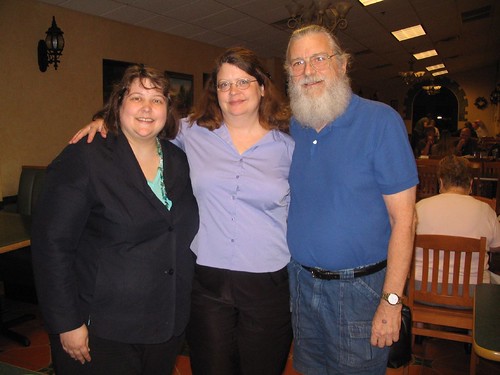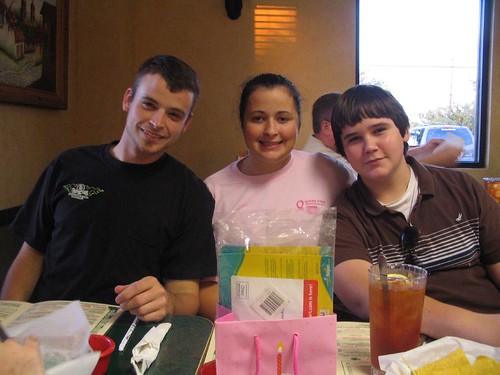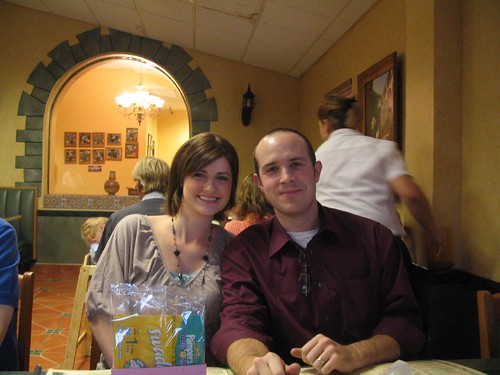
We were given the option of banking our baby's cord blood privately ($$$$) and then found that it can be banked publicly in Texas at no charge. It's nice to know there's another way to get stem cells than from the undifferentiated cells of aborted fetuses. In the continuing debate of stem cell research funding this one's a no brainer for me and it seems like more of our efforts should be focused on spreading the word about getting stem cells from cord blood than fighting the issue of using aborted fetuses undifferentiated cells, which just seems to be stalling research and funding.
From the Texas Cord Blood Bank Website:
What is cord blood?
Cord blood is the blood that remains in the placenta after a baby is born. Cord blood has been found to be a rich source of stem cells and is currently being used as an alternative to bone marrow in treating a number of life-threatening diseases. Because these cells are normally discarded after birth, this is the ultimate recycling project.
Why do we need the Texas Cord Blood Bank?
Sadly, this potentially life-saving option is not available to everyone due to the high costs associated with the testing, processing and storage of umbilical cord blood cells. The Texas Cord Blood Bank (TCBB) allows families the opportunity to donate their infant’s cord blood, regardless of socioeconomic status, to ensure that all patients needing a bone marrow/stem cell transplant are offered this opportunity.
More than 70% of children and adults requiring a bone marrow transplant do not have an immune matched sibling who could be a donor. In their case, the only option is to find an unrelated donor through the national bone marrow and cord blood registries. Because immune types are specific to ethnic groups, it is important to collect cord blood units from donors of all backgrounds especially Hispanics, African Americans and Native Americans.
Benefits of cord blood:
There is no risk to the donor.
Since cord blood immune cells are less mature, they are more easily accepted by the patient when used in transplantation. As a result, patients with a less than perfect immune match can now be treated
There are fewer immune complications after transplantation.
Since cord blood is banked and ready to use, it is immediately available when a patient needs it.
Some of the diseases currently treated with cord blood:
Leukemia & other blood cancers
Aplastic anemia
Lymphoma
Deficiencies of the immune system
Genetic disorders such as sickle cell anemia
Goals of the Texas Cord Blood Bank:
To build a cord blood bank that captures the rich ethnic diversity of Texas
To develop a program that results in the highest quality units that exceed national and international standards.
How you can make a difference:
There are few public unrelated banks in the United States, each represents an ethnic mix unique to their geographic area. If you would like to make a contribution to the program, please send your donation to the Texas Cord Blood Bank, c/o South Texas Blood & Tissue Center.
Facts about the Texas Cord Blood Bank
Specially approved by the Texas legislature and unique in the state, the Texas Cord Blood Bank - managed by South Texas Blood and Tissue Center - is a source of ethnically diverse, life-saving umbilical cord blood.
Cord blood, donated following the birth of a healthy baby, is rich in blood-making cells which can be used, like bone marrow transplants, to treat children and adults with certain cancers and otherwise fatal blood disorders.
6,000 units of cord blood must be collected to make the program self-sustaining - and that effort will require philanthropic support in order to match a $3.5 million state grant.
Who benefits from your donation?
Zachary is a bright, sunny three-year-old boy with alabaster hair and twinkling blue eyes. For the first eight months of his life, Zachary’s therapy and illness required many transfusions of platelets and whole blood to keep his fragile body going. Shannon and her husband, Matthew, tried to keep a positive attitude, supported by loving friends and family and a dedicated team of physicians.
After eight months of treatments, doctors said the agonizing treatments had not worked; he would need a stem cell transplant. In January 2002, he received his lifesaving transplant, thanks to a mother who donated the cord blood from her own child’s birth. “We were so scared, and we are so thankful,” Shannon says. “Because some mother selflessly donated a little bag of cells, my son is alive and well. She saved my son’s life, and I’ll never take anything for granted again.”
Before the transplant, every day was a fearful vigil at a sick child’s bedside. Today, Shannon says, “the worst things we deal with are colds and sniffles. He’s very healthy now.”


